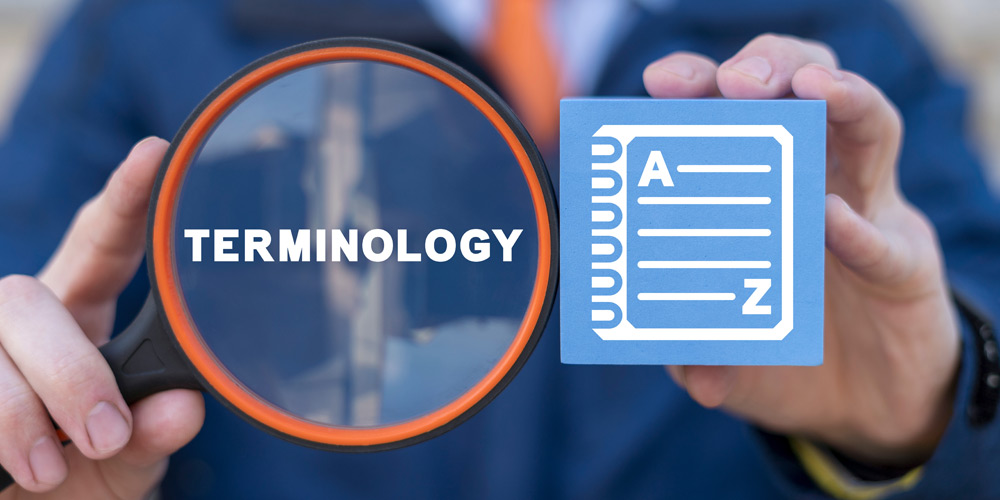10 Eye-Opening Financial Literacy Statistics

Please note the below article contains links to external sites outside of OppU and Opportunity Financial, LLC. These sources, while vetted, are not affiliated with OppU. If you click on any of the links you will be sent to an external site with different terms and conditions that may differ from OppU’s policies. We recommend you do your own research before engaging in any products or services listed below. OppU is not a subject matter expert, nor does it assume responsibility if you decide to engage with any of these products or services.
The data is clear. Americans have a financial literacy problem.
Fortunately, there’s also reason for hope. People want to make smart financial decisions — even if they can’t always do it. They understand the importance of financial literacy to create success and financial stability.
We reviewed the latest reports to better understand the state of financial literacy in America. The statistics that emerged offer a glimpse into how well-equipped we are as a country to manage our money. Some speak to our understanding of personal finance, others to how well we follow through on them.
It’s important to note that a majority of these studies were conducted prior to the coronavirus pandemic. A lot has changed, but the data offer a snapshot of our financial health, and how well prepared we were to weather what has become a historic economic crisis.
Here are 10 statistics that illustrate the state of financial literacy in America.
No. 1: 63% of adults are financially anxious
It turns out many Americans aren’t financially literate. And they’re stressed about it.
In fact, a FINRA study found financial capability, stability, and confidence aren’t improving. 63% of adults say thinking about their financial situation makes them anxious, and only 24% are satisfied with their current financial condition.
No. 2: 24% of U.S. adults lack an emergency fund
According to an analysis from Bankrate, 46% of U.S. adults have enough money saved in an emergency fund to cover three months of expenses.
Customary financial advice suggests aiming to save enough to cover expenses for at least three months. This is to ensure you are able to pay your bills in the event you lose your job.
Even so, 24% of U.S. adults have no emergency savings and 30% don’t have enough to cover 3 months of expenses. A tremendous percentage of the population is at risk. With financial ruin one unexpected expense away, this statistic emphasizes how critical building an emergency fund is for long-term financial health.
No. 3: 61% of adults live paycheck to paycheck
According to a LendingClub report, the majority of the country (61%) is living paycheck to paycheck. Living paycheck to paycheck means you are spending most or all of your monthly income on expenses. Once essentials are paid, there’s no money left over for savings.
Americans stuck in a hand-to-mouth cycle often feel limited by their financial situation. If savings run out, what’s their Plan B? For many Americans, there isn’t one.
No. 4: Almost three-quarters of Americans budget on a monthly basis
A 2023 survey revealed 74% of Americans said they have a budget and follow it to keep track of spending. But the survey also revealed 16% spend more than their monthly budget.
Maintaining a budget is a financial literacy fundamental. A budget sets the foundation for how to treat income and expenses. It ensures that needs are covered each month — essentials, like bills, debt, and savings.
It’s encouraging to see that a majority of Americans employ this financial literacy basic. Without a budget how do consumers maintain confidence in their financial stability? How do they hold themselves accountable when managing money?
No. 5: Half of youths aged 15 - 18 failed a financial literacy quiz
According to a yearly test by the National Financial Educators Council (NFEC), of those aged 15 - 18 who took their National Financial Literacy Test, 50% did not achieve a passing score of 70 or more. This is troubling, as the test was designed for this age group. People ages 10 - 14 achieved an average score of 57% and people 19 - 24 recorded an average test score of 71%.
If anything, the data provides a strong case for youth financial education.
No. 6: 35 states require students to take a course in personal finance in order to graduate
Research shows states requiring students to take and pass a personal finance class, produce more informed, college-ready students. Personal finance education during formative years provides students with the knowledge and skills necessary to manage their finances and increase their financial well-being.
According to the 2024 survey of the states 35states require students to take a course in personal finance in order to graduate.
- 36 states require a high school personal finance course to be offered.
- 20 states require the high school personal finance course to be taken.
- Two states require standardized testing for personal finance education.
Treating personal finance as optional robs students of the opportunity to increase their financial knowledge. That’s why experts are fighting for these courses to be mandatory across the nation.
No. 7: 88% of millennials are in debt
In 2023, student loan debt reached $1.75 trillion. And it’s crippling young Americans. Further, these debt obligations heavily impact Millennials, as they carry an average student loan debt of $40,438 as of Q1 2024. It will take a lot to solve the current student loan debt crisis, but millennials don’t need to worry.
Student loan borrowers have options to ease the burden. If you are a student loan borrower, look into student loan refinance, consolidation, and loan forgiveness. And make sure to take advantage of the current federal student loan forbearance.
No. 8: 46% of adults carried a balance on a credit card for at least one month in 2024
Americans owe a whopping $1.21 trillion in credit card debt, and it’s hitting young people especially hard.
In fact, almost 10% of consumers ages 18 to 29 have credit card debt that is over 90 days late. Creditors report an account as delinquent once it reaches 30 days past due. So 90 days past due is marked as a serious delinquency.
Credit card debt is dangerous because the high interest rates and low minimum payments can lead to a vicious cycle of debt.
No. 9: 50% of adults experience barriers to homeownership
Homeownership is a financial milestone — touted as a pillar of the American dream. But many U.S. adults will experience financial barriers when trying to purchase a home.
The top four barriers to homeownership include, but are not limited to:
- Lack of savings for a down payment or closing costs.
- Pre-existing debt.
- Limited budget options
- Poor credit history or score.
No. 10: One-third of adults are confident their retirement savings will last
Working Americans struggle to set aside money to fund short- and long-term goals. And if they do, is it enough?
68% of Gen Z and Millennial young adults aren’t confident they’ll ever be able to retire. If Americans are concerned about retirement, then why aren’t they saving more?
The answer is prioritization. It’s easy to let long-term savings goals slip in order to prioritize current financial situations. For instance, high expenses, burdensome debt, and stagnant wages are all factors contributing to a lack of retirement savings.
The bottom line
The data doesn’t lie. Americans struggle with financial literacy. And while we’re slowly making progress, we still have a long way to go.



